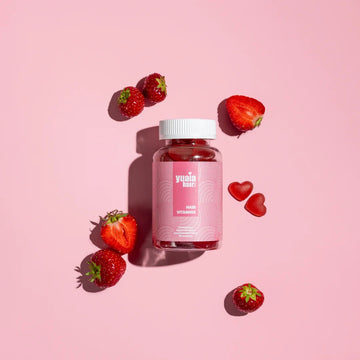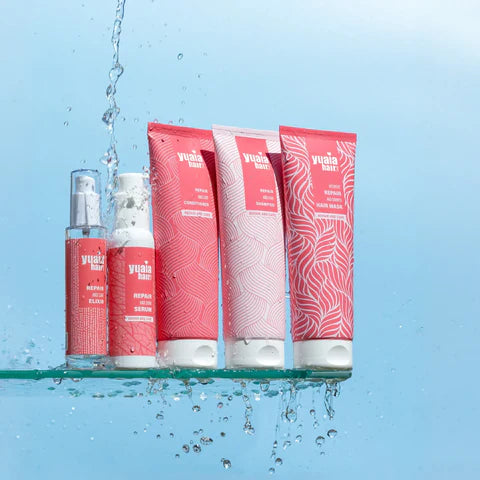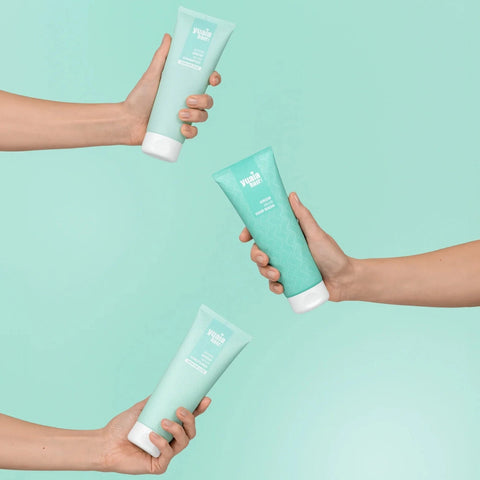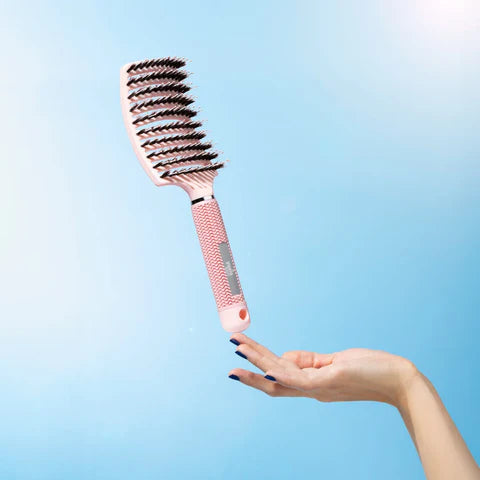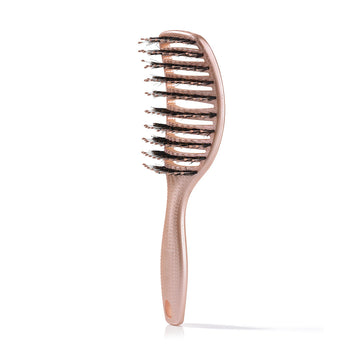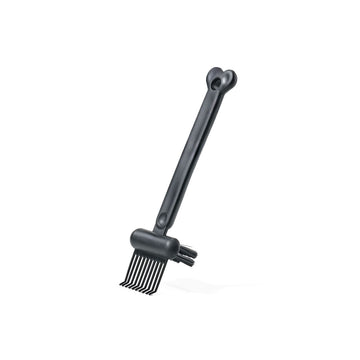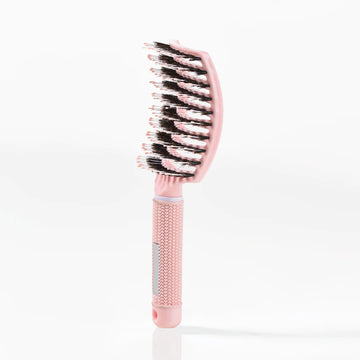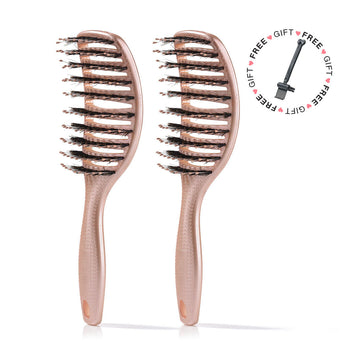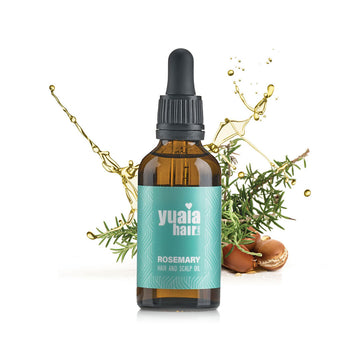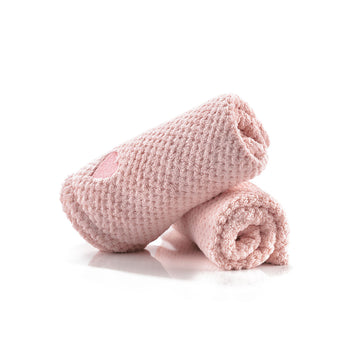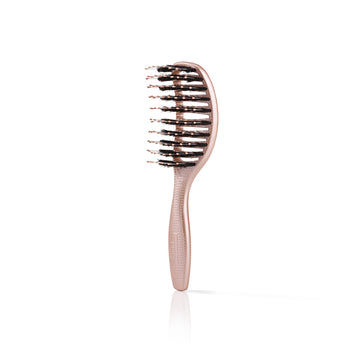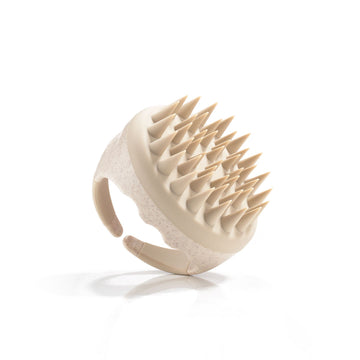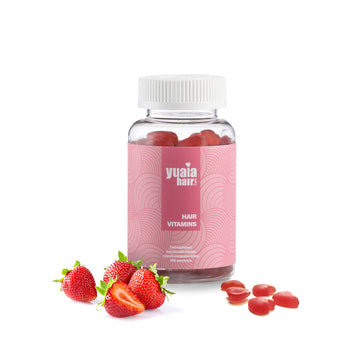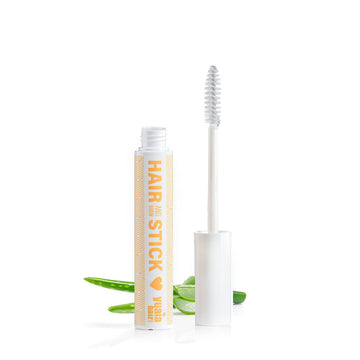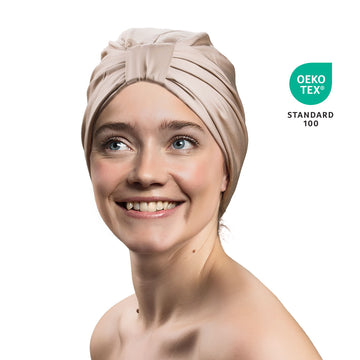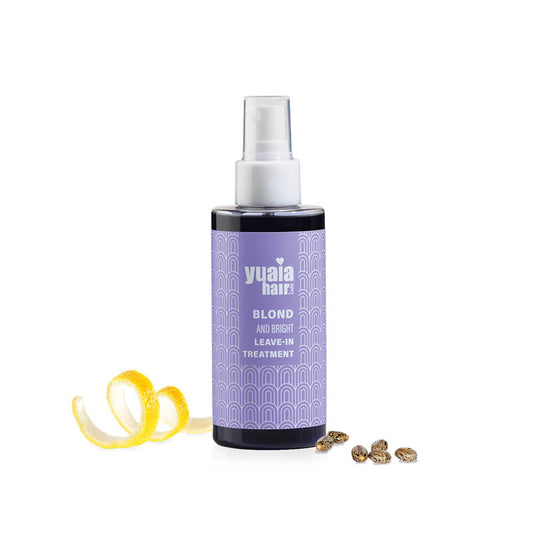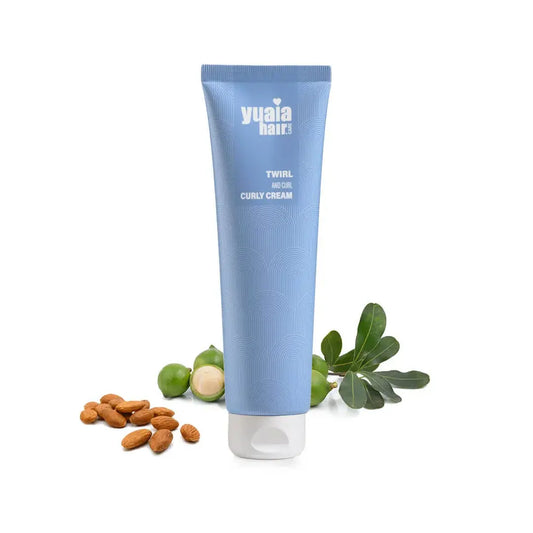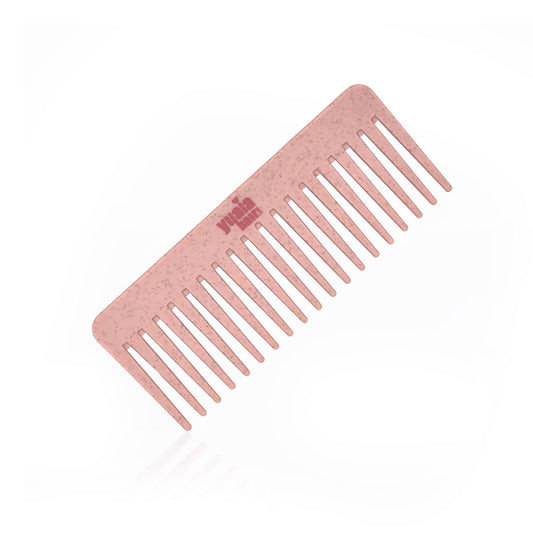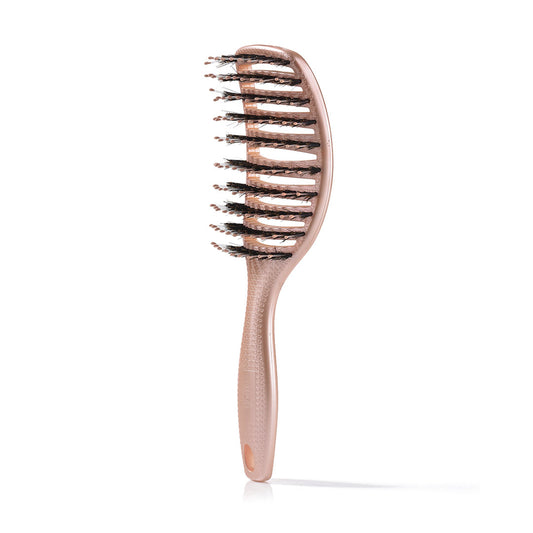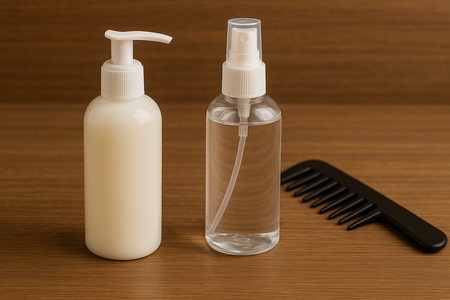
Product function and formulation
When it comes to hair care, understanding the distinct purposes of leave-in conditioners and detanglers is essential for selecting the right product. Each has its unique formulation designed to address specific hair needs.
Leave-in conditioner
Leave-in conditioners are formulated to be lightweight, allowing them to remain in the hair without causing heaviness. They offer multiple benefits such as moisturizing, providing heat protection, and controlling frizz. These conditioners are particularly beneficial for those who experience dryness or frizz regularly. By applying a leave-in conditioner after washing, you can ensure that your hair stays hydrated and protected throughout the day.
Detangler
On the other hand, detanglers often have a thicker consistency that focuses on smoothing the hair cuticle. This makes them particularly effective at reducing friction and easing the removal of knots and tangles. Detanglers are typically used immediately after washing, especially for hair that is prone to tangling due to texture or color treatments. They help to minimize breakage by making the hair easier to comb through.
Overlap and differences
While leave-in conditioners can sometimes double as detanglers, the opposite is not always true. Detanglers may not provide the deep conditioning benefits that leave-in conditioners offer. Understanding these nuances helps in choosing the right product based on your hair's specific needs.
Use cases and benefits
Both leave-in conditioners and detanglers have their unique use cases and benefits, which can help you decide which product is more suitable for your hair care routine.
Leave-in conditioners
Leave-in conditioners are ideal for daily use and are particularly beneficial for maintaining hair health. They provide ongoing protection against environmental damage and help in managing frizz and dryness. If your hair requires regular moisture and protection, a leave-in conditioner can be a great addition to your routine.
Detanglers
Detanglers are best used immediately after washing your hair. They are particularly effective for hair that is prone to tangles due to its texture or color treatments. By applying a detangler to damp hair, you can reduce breakage and make the combing process much easier.
Choosing based on hair type
The choice between a leave-in conditioner and a detangler often depends on your hair type and condition. For instance, curly hair may benefit from the use of both products. Using a curl cream can help define curls while maintaining moisture and reducing frizz.
Application techniques
Proper application techniques are crucial for maximizing the benefits of leave-in conditioners and detanglers.
Detangler application
To apply a detangler, start with damp, freshly washed hair. Spray or apply the product evenly, focusing on areas prone to tangling. Use a wide-toothed comb to gently work through the hair, starting from the ends and moving upwards to reduce breakage.
Leave-in conditioner application
After shampooing and conditioning, apply a leave-in conditioner to towel-dried hair. Distribute the product evenly from mid-length to ends. This helps lock in moisture and enhances smoothness, preparing your hair for styling or natural drying.
Do you need both products?
When it comes to managing hair care, the question of whether you need both a leave-in conditioner and a detangler often arises. The answer largely depends on your hair type, texture, and specific needs. For those with curly or very dry hair, using both products can be beneficial. A detangler can help ease knots and tangles, making the hair more manageable, while a leave-in conditioner can provide the necessary moisture and protection throughout the day.
However, if your hair is generally manageable and not prone to tangles, you might find that a leave-in conditioner alone suffices. It offers the dual benefits of conditioning and light detangling, making it a versatile choice for many hair types. Ultimately, the decision should be guided by your hair's unique requirements and how it responds to each product.
Brushing and detangling tips
Effective detangling requires the right tools and techniques to minimize breakage and maintain hair integrity. One useful tool is the Curvy Brush, which is made to gently glide through hair, reducing friction and preventing damage. When detangling, start at the ends of your hair and work your way up to the roots. This method helps to gently release knots without pulling or causing unnecessary stress on the hair.
It's also important to detangle hair when it's damp, as this can reduce the likelihood of breakage. Applying a detangler to damp hair can further ease the process, making it smoother and more efficient. Remember to be patient and gentle, as rushing through detangling can lead to breakage and damage.
Frequently asked questions
Can leave-in conditioner be used as a detangler?
Yes, many leave-in conditioners have detangling properties due to their conditioning agents that help smooth the hair cuticle. This makes them suitable for light detangling, especially for hair that is not heavily tangled. However, for more stubborn knots, a dedicated detangler might be more effective.
Which is better for curly hair?
For curly hair, both products can be beneficial. A leave-in conditioner helps maintain moisture and reduce frizz, while a detangler can assist in managing knots and tangles common in curly textures. Using both can enhance curl definition and manageability.
How often should each product be used?
The frequency of use depends on your hair type and needs. Leave-in conditioners can be used daily for ongoing moisture and protection. Detanglers are typically used as needed, particularly after washing, to help ease combing and prevent breakage.
 2-5 day delivery
2-5 day delivery
 25.000+ satisfied customers
25.000+ satisfied customers
 Satisfaction Guarantee
Satisfaction Guarantee

